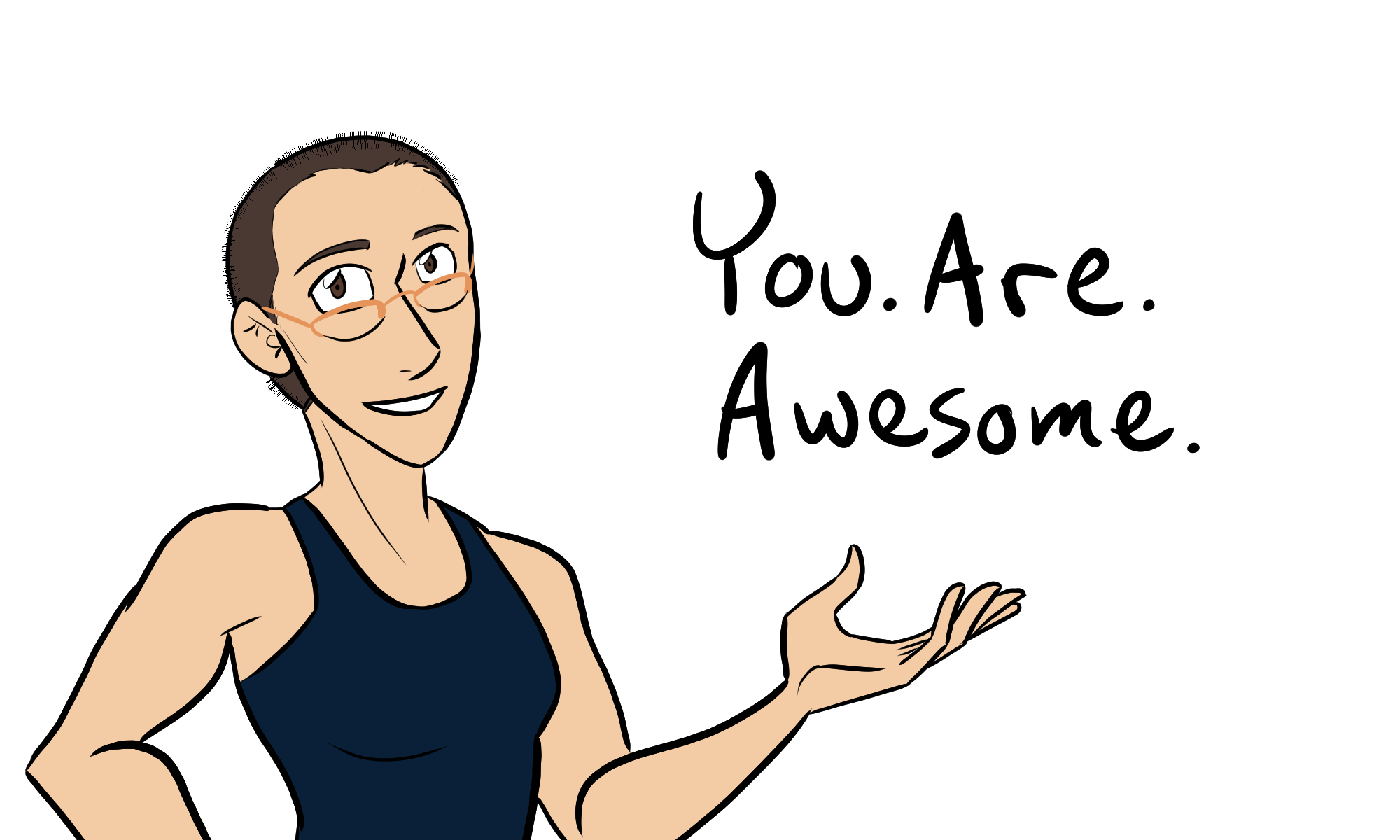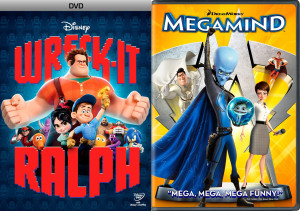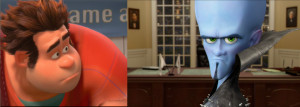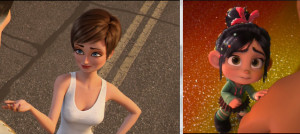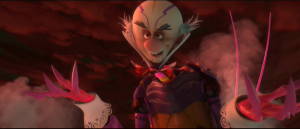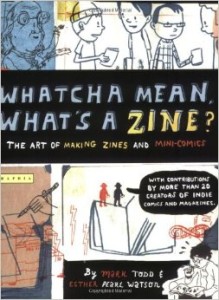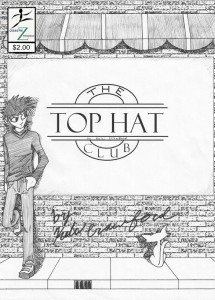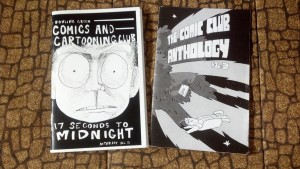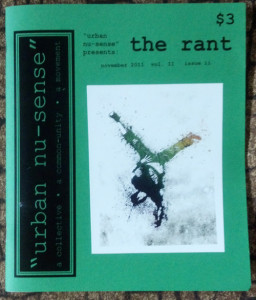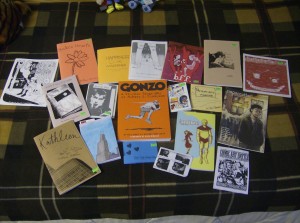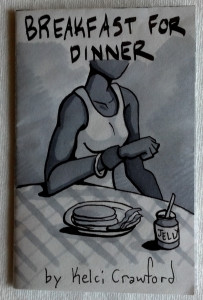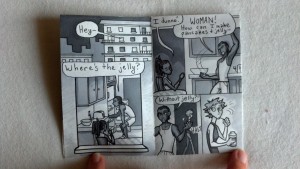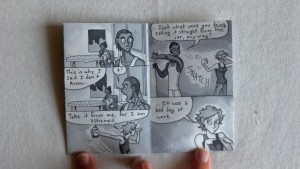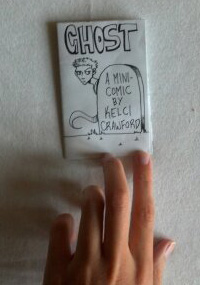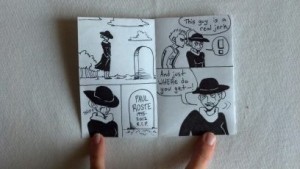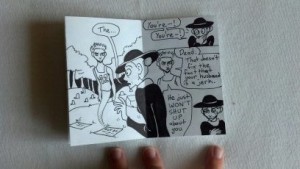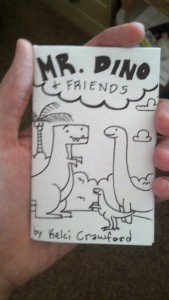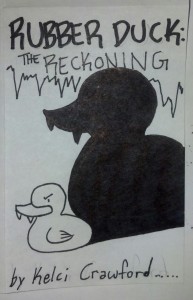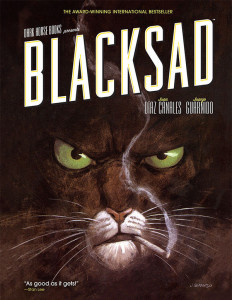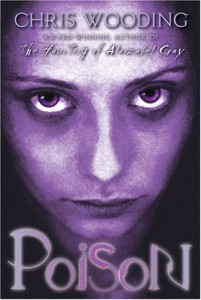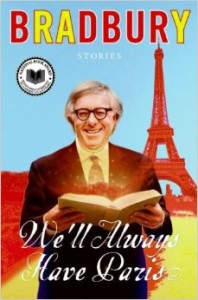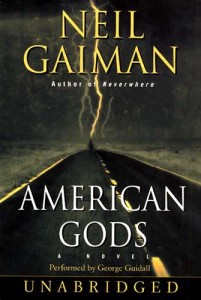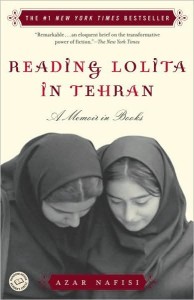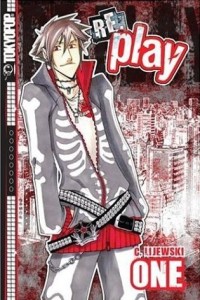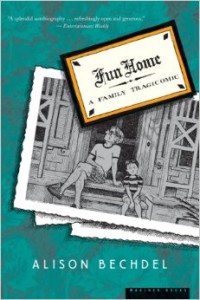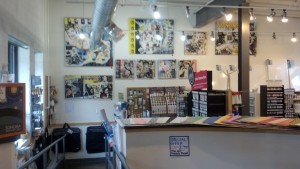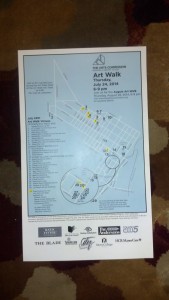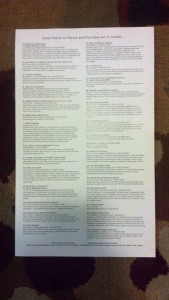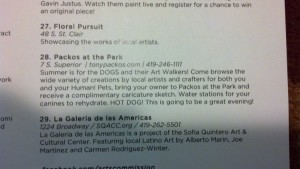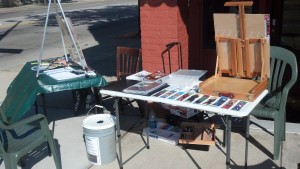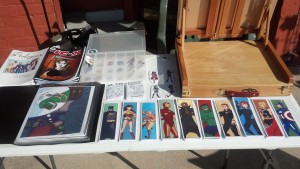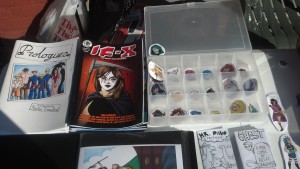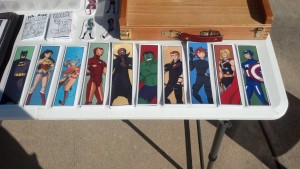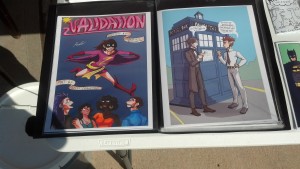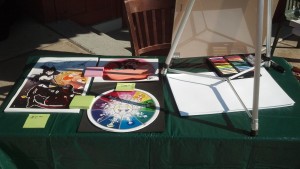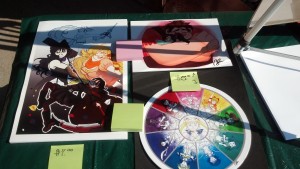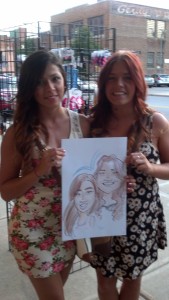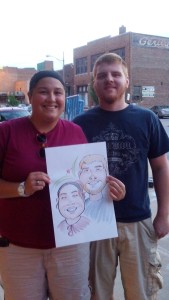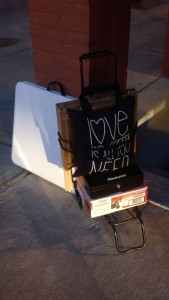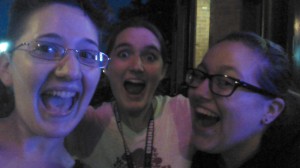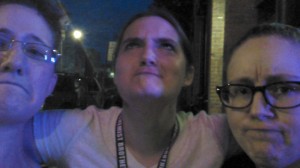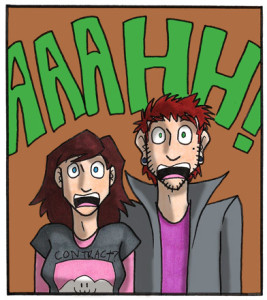I love stories. I love to tell them, read them, and talk about them.
I love to talk about them and take them apart to understand how they work, how they tell what they have to say, and how that message affects the reader.
The easiest medium to do this with is films. Compared to books and comics, films are not too complex or layered. Films are straightforward, and often only have one theme, simply because they are a brief medium and must get their message across quickly.
With that said, I want to do a comparative breakdown of two of my favorite animated films thus far: Wreck-It Ralph and Megamind.
In writing this, I hope that you not only get an interesting and thoughtful read, but also some inspiration to take with you the next time you want to write or draw your own stories.
Just FYI: this will be long. Get your tea ready, curl up under your favorite shawl, and now, onward!
First, it must be noted that both Wreck-It Ralph and Megamind are very similar in plot structure. Both are about the main character, perceived as a villain, who goes through trials and becomes a hero.
On the surface, these stories both look like (and sometimes act like) Underdog stories – the main characters are constantly getting shit thrown on them, but then through hard work, luck, and the power of friends, they conquer their rival and win the day!
Except, no. These stories are still hero stories – they’re just told through the point of view of what other narratives would call the villains.
Also, Wreck-It Ralph and Megamind are both an analysis of destiny (doing what you’re expected to do) and free will (doing what you choose to do). Ralph does this analysis via video games and programs, while Megamind does this analysis through reenacting roles typical of the superhero genre.
To understand how these stories analyze these ideas, let’s talk first about the main characters.
Wreck-It Ralph and Megamind are both “villains” who are actually heroes in their respective stories. Both characters are in systems that made them villains.
Ralph is, literally, programmed to be a villain. Megamind had crash-landed on Earth and was raised in a prison. However, Megamind tries to be good for a while when he attends school: he sees the adulation given to the boy who would later become MetroMan, and, never having received this in prison, tries to gain this favor in school, only to fail. But then Megamind realizes that “Being bad is the one thing I’m good at,” and so vows to be “The baddest boy of them all.”
Ralph is forced into his role as villain. He is, literally, the bad guy in the video game he works in. Megamind could have rejected his role at the outset, but chose instead to live it. You could argue that his living in prison doomed him to be a villain regardless of his choice, but I would say that’s very limiting to Megamind as a character. He saw his skillset and he openly chose his role (even if he doesn’t see that right away). That is something that Ralph lacks.
As such, their desires at the start of their stories are different: Ralph’s desire is to be recognized as a nice guy and not be forever labeled as a “bad guy.” He wants to break out of the system that he is a part of. Megamind, meanwhile, just wants to be recognized for all the hard work he does, and he wants to finally win a battle, any battle at all.
However, as their stories progress, their desires change, but more on that in a minute. First, we need to look at their opposites.
Fix-It Felix and MetroMan are both good foils of the main characters in their respective stories.
Felix is programmed to be the “good guy.” He is also one of those rare people who is genuinely a nice guy, even if he is completely unaware that the system is built for his benefit. He is not deliberately evil. He’s just part of a system that keeps Ralph and others like him in their place. Felix is not aware of his role until the middle of the film, when he is taken out of his program and metaphorically dropped into Sugar Rush and King Candy’s system, which a perversion of the systems in the arcade.
MetroMan is labeled by the society of Metro City as “the good guy.” As such, he also benefits from the system like Felix does. It’s notable, though, that MetroMan is aware of his privileged status and milks it at the beginning of the film. On the other hand, he feels that he had no choice in accepting his role (where Felix thinks he chooses to be a good guy). MetroMan even states, “I felt stuck,” and that “each and every citizen had something that I didn’t: a choice.” This actually serves as a brilliant foil to Megamind, who feels that he was “destined” to be the villain, but actually chose to be so (even if he is not aware of that choice).
Isn’t it cool to note that Wreck-It Ralph has programmed villains and heroes who are forced into their roles (but the characters sometimes feel like it’s a choice), while Megamind has villains and heroes who actually have free will but believe they are fated for their roles?
It’s interesting, also, to compare Felix and MetroMan because, while Felix has his own journey from bumpkin to learned man (where he recognizes the system he is a part of and how he benefits from it), MetroMan actually shifts roles in the story: he goes from Hero to Herald. In his role as Herald, he issues his challenge to Megamind and announces that he has quit his role as superhero, thereby passing the mantle to Megamind. Megamind, of course, rejects this calling repeatedly throughout the film until the climax.
Speaking of Heralds, let’s get to the other cast members, starting with Minion and Calhoun.
Minion and Calhoun are both helpers to the Heroes, but in different ways.
Minion’s role is obvious: he’s a minion to Megamind. But in literary terms, he is the Fool. This doesn’t mean that he’s (completely) a simpleton. Quite the contrary: the Fool is the one that reminds the Hero (Megamind) of his folly and humanity. Megamind and Minion obviously care about each other: in the beginning of the film, Megamind’s parents entrust Minion to be caregiver to their son.
(Off-topic, but this is kind of similar to how, in Dragonball Z, Nappa was entrusted to care for and protect Vegeta. However, the dynamic between these two is not the same as between Megamind and Minion. Nappa and Vegeta know clearly who is in charge of who, where Minion and Megamind are more like a team. While Megamind playfully suggests he is the one in charge, he also knows when to acknowledge that Minion is right.)
Minion serves Megamind, but he is also aware of Megamind’s place in the system, and helps to remind Megamind when he forgets. This later comes back to hurt them and their dynamic, and serves as a major point in their plot.
Calhoun, on the other hand, is not the Fool. She is the Herald, the same role that MetroMan occupies.
Calhoun is the one in charge in her program. When Ralph program-jumps into her world, in an effort to get the medal there and prove his heroism, Calhoun is the one to issue the challenge of getting the medal in the first place. Strangely enough, she does this by openly stating, “Our job is to get the player to the top of that tower so they can get to their medal and THAT’S. IT. So stick to the program, soldier!”
She unwittingly tells Ralph that his purpose is to not get the medal for himself, which of course spurs him even more to get this reward (after all, by being told to not want something, you want it more than ever).
Of course, Ralph gets his reward, but he also unwittingly unleashes the Cybugs (the nasties in Calhoun’s game) on Sugar Rush’s world. Therefore, Calhoun must go into Sugar Rush and stop the Cybug before it propagates.
Her other purpose as Herald is to announce the changes to come within the story. When Felix approaches her to help him find Ralph, she agrees, but only to stop the Cybug that Ralph had unleashed. She announces that if the Cybug is not stopped, it will multiply, and Sugar Rush (and potentially the entire arcade) will collapse to their destruction.
So what other roles are there for the cast of Wreck-It Ralph and Megamind? Before I talk about the antagonists, I want to talk about Vanellope and Roxanne.
It’s actually incredibly hard to talk about these two in a literary sense, because they don’t fall easily into set archetypes (at least to me). Both ladies, though, serve as catalysts for the protagonists’ actions. Vanellope does this in a more direct way, at first, by telling Ralph what to do and how to do it. Roxanne, on the other hand, has her own presence that inspires Megamind to take his actions.
Roxanne is fascinating because when the film first starts, she is aware that her role is to be the damsel in distress, and she HATES her role, even if she does begrudgingly accept it. When MetroMan “dies,” she spurs Megamind into action directly with her news report and with her “heroes can be made” speech. (This is what inspires Megamind to create a replacement hero for him to fight in place of MetroMan, whom he believes he has killed). She also is the catalyst of action for Hal, who later becomes the villain, by being the reward or the “object” that he lusts for.
I must note that Megamind does not originally see Roxanne as a romantic interest. It’s only with time and exposure that he begins to fall in love with her. In his perception, Roxanne grows as a character, from actor to real human being, whereas Hal does not grow in the same way: he always sees her as the prize to win.
It would be easy to say that Roxanne has no character depth (thanks in part to the plot relegating her always to the role of damsel-in-distress), but in fact, she does: she is curious, she is driven, she is suspicious, she is knowledgeable. In fact, one of Megamind’s turning points as a character is recognizing that Roxanne is the smartest person he knows. Roxanne is surprisingly fleshed out.
Vanellope is also possessing of multiple dimensions as a character: she starts as the abrasive child, but moves into becoming a mirror of Ralph: both are victims of systems that have demonized and crushed them, and stripped them of most freedoms given to “good guys.” While Ralph hates his position, Vanellope makes the best out of her situation, even finding abandoned candy wrappers to curl up in “like a little homeless lady,” she says playfully. She’s also unrealistically optimistic: she believes with every bit of her being that she will win races, even though she has never driven a car and she glitches at inopportune times.
The other characters in her world, however, reject her and stop her from racing. Even King Candy himself is openly hostile to her.
Speaking of him, let’s move to the antagonists.
Hal and King Candy are fascinating as antagonists, because they both start as Chosen Heroes but shift into their roles as Villains.
First, King Candy: He is, in reality, Turbo, a hero from another game who got jealous when he discovered he was losing popularity. Turbo, of course, wanted that attention back, so he started game jumping. His current jump (in the story) is his occupation as King Candy in Sugar Rush – he completely reprogrammed the world and its inhabitants so he would be king and keep his seat of power. Even Vanellope, who is later revealed to be the rightful ruler, doesn’t know because her memory has been locked away and her code nearly destroyed (that’s why she’s a glitch).
King Candy is so diabolical, so possessive of his power, that he even managed to convince Ralph to destroy Vanellope’s cart so she can’t enter the race. By doing this, he reinstates the system that Ralph is so desperate to break from, by making Ralph be the “bad guy” even though Candy convinced him it was the “good guy” thing to do.
Have you noticed that Ralph is a “bad guy” who wants to be perceived as a “good guy” through good deeds, but King Candy is willing to use any evils necessary to secure his position as “good guy”?
Meanwhile, his minion, Sour Bill, encounters Fix-It Felix, who was left behind by Calhoun (up to this point, Calhoun and Felix were searching for the Cybug and Ralph, until Felix said something that triggered a traumatic memory in Calhoun). Sour Bill remembers the damage Ralph caused when he first came into Sugar Rush, and already perceives him as a threat. So when Felix approaches Bill, he treats Felix as a villain by association with Ralph, and locks him away. This is a turning point in Felix’s character development, by telling Felix that he is the “bad guy” rather than the “good guy.”
Hal, on the other hand, acts alone. He’s nearly a nobody until he’s accidentally “chosen” to be the next Hero (Megamind had taken MetroMan’s powers and put them in an infuser gun. He was looking for someone to infuse this power with until he accidentally pulled the trigger in a dispute with Roxanne. The powers then imbue themselves into Hal, the hapless victim).
Megamind has given him this power and told him it was his “destiny” to be the Hero. Of course, Hal takes the gig because 1) he likes power, especially because 2) it would mean that he could finally win Roxanne (again, treating her as a prize to be won, and not a person).
Hal is trained to be a hero, but once he gets a handle on his powers, he begins to abuse them. When he confronts Roxanne, she rejects him and he lashes out – not at her, but on society, by stealing and breaking things.
The day then comes when Megamind goes to fight Hal on the Chosen Day, and he discovers instead that Hal wants to be the Villain.
This is interesting because it makes Hal the antithesis of MetroMan – who was born with power, but did what others had expected him to do. Hal was given power and told to use it for good as was his “destiny,” but chose instead to be the villain. This little hiccup is the start of Megamind realizing that “destiny” is a flawed idea.
This is in opposition to what King Candy/Turbo had done to Ralph: he had told Ralph (albeit in a subtle, unconscious way) that it was his destiny to be the villain and he would never change. He has also instigated that it’s Vanellope’s destiny to be a glitch, a flaw, that needed kept “in her place.”
King Candy uses his power to force decisions on others who try to fight against the program, but Hal has free will. When Megamind tries to force him into a role, Hal rebels.
King Candy is the enforcer, Hal is the rogue element.
It’s the deeds of King Candy and Hal that give Ralph and Megamind their Calls to Action. Hal does this by actively kidnapping Roxanne and putting her in real danger. Ralph actually has to dig for information from Sour Bill to discover King Candy’s plot, but it’s King Candy’s words that prompts Ralph to rescue Vanellope and get her into her race.
Here is the turning point in Ralph and Megamind’s journeys. Here is where they become heroes, by fighting for something outside of themselves. Up until now, Ralph was fighting for recognition as a good guy, and Megamind was fighting for a win he felt he deserved.
Now, Ralph is fighting for the fate of Vanellope (and Sugar Rush as a whole, and then, through terrible circumstance, the arcade), and Megamind is fighting for Roxanne and Metro City.
Ralph’s goals change because he realizes that Vanellope, his non-romantic best friend – the only friend he has made in his life, who was the first to recognize Ralph as anyone but a “bad guy” – is in danger to King Candy and his schemes.
Megamind, however, has a very dramatic development in character indeed. He goes from making selfish actions to recognizing that his work has consequences, and that these consequences were putting Roxanne and the city in danger. He even says in his dramatic monologue, “Don’t let the city…don’t let Roxanne, pay for my wrongdoings.” He doesn’t want anyone else to suffer from his actions. That is incredibly selfless.
Of course, Ralph also has a moment of selfless action – the Cybug he accidentally brought has multiplied (as predicted by Calhoun, the Herald), and now there’s a Cybug hoard destroying Sugar Rush. As everyone is fleeing, Vanellope cannot escape (glitches cannot leave their game), and so she is placed in real danger of death. When Ralph realizes this consequence, he rushes to Diet Cola mountain to spark a beacon that will destroy the Cybugs.
But then King Candy intercepts him in his Final Form – a monstrous crossbreed of Cybug, Sugar Rush, and Turbo design. King Candy takes Ralph into the air, ready to kill him, when Ralph makes the fatal decision to fall to his death, to light the beacon and save the world. That is Ralph’s moment of selfless action – to save Vanellope and everyone he knows by sacrificing himself.
What makes the scene more poignant is he recites the Bad Guy Affirmation, while clutching a gift from Vanellope that says, “You’re My Hero.”
Of course, he doesn’t die – he’s rescued by Vanellope in the last second.
That last note is different for Megamind, as he saves himself by his incredibly quick wit – while falling to his death, he dehydrates himself into a cube, falls into the fountain, and is brought back to life just moments before he deals the final blow to Hal. Megamind has a very real, if symbolic, death, where Ralph gets validation of his deeds.
(I talk about symbolic death not to be morbid, but to bring up that, in the hero’s journey, the symbolic death is a common theme, but is often not necessary. I would argue that Ralph’s story does well without one.)
Megamind becomes a hero, a “good guy,” through his actions, as does Wreck-It Ralph.
However, Megamind’s world changes dramatically as a result. Ralph’s world keeps the program in place and keeps him as “bad guy,” but there are subtle changes made to the system for his benefit rather than his detriment.
In Megamind’s story, his conclusion is that fate is not “the path given to us, but the path we choose for ourselves.” In the end, Megamind has more free will to roam than Ralph does, as Ralph still has to stick to his program.
This doesn’t mean that Ralph is doomed to be a bad guy forever. In Ralph’s story, his conclusion is “as long as that little kid [Vanellope] likes me…How bad can I be?” For him, he has received his outside validation of his deeds. That was all he wanted, and that was all he needed.
Megamind did not seek validation: he sought a hard-fought battle to be won, and a place for him in the world – it just turned out his place in the world was the one he chose, rather than the one he thought was fated to him.
So what are your thoughts? Have you come to some conclusions I haven’t discussed? Please leave them in the comments below!
Thank you so much for reading, and I’ll see you on Wednesday.
